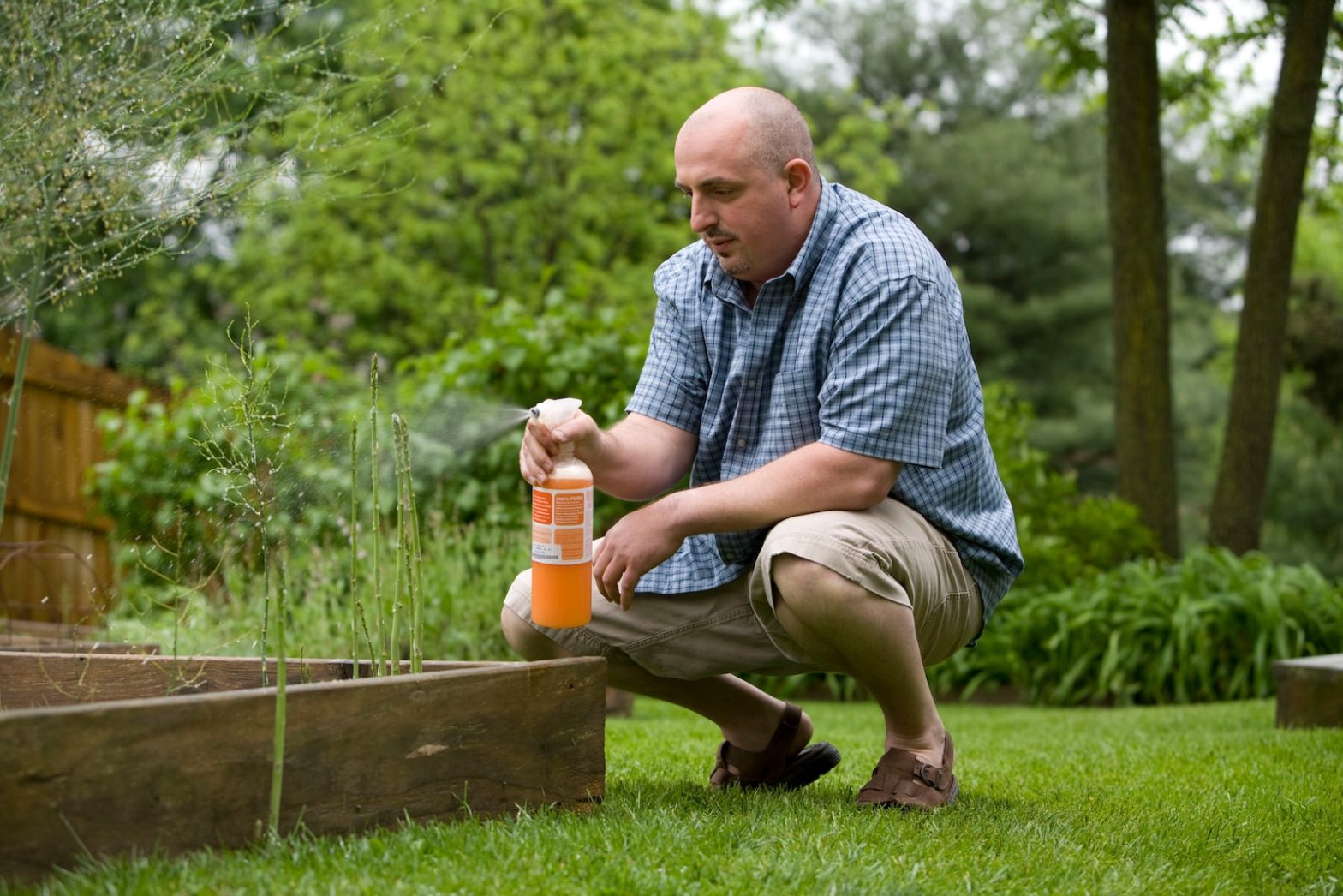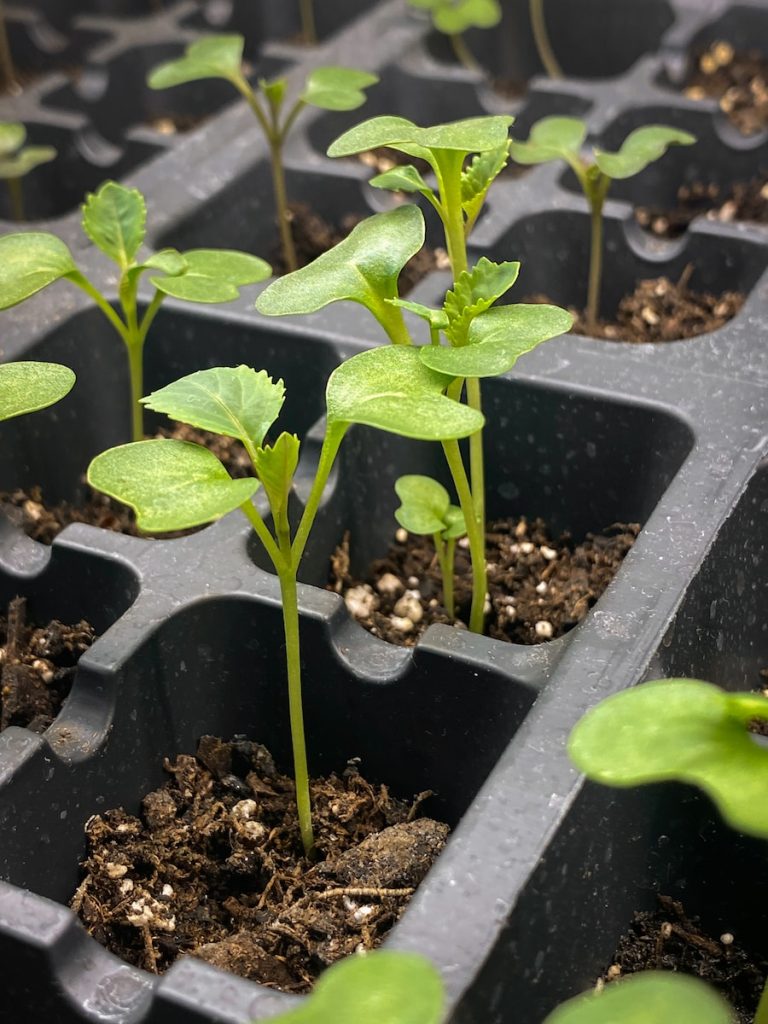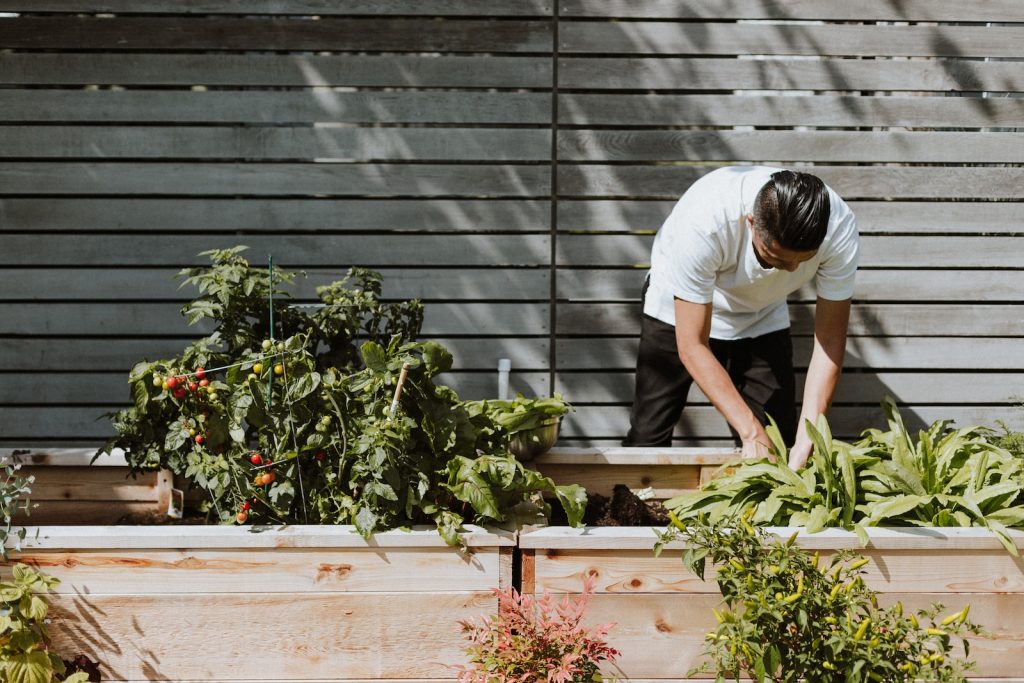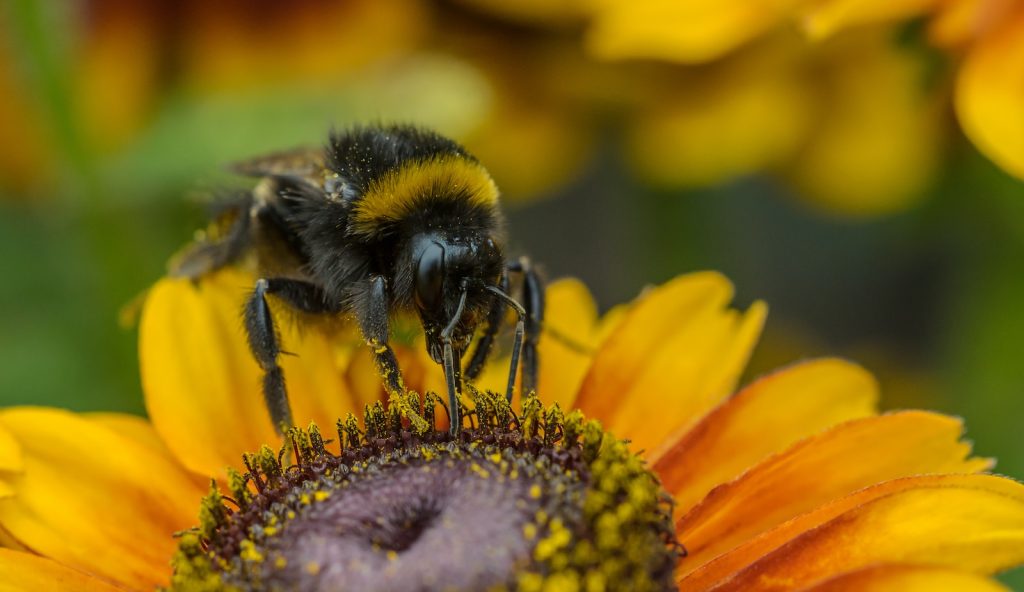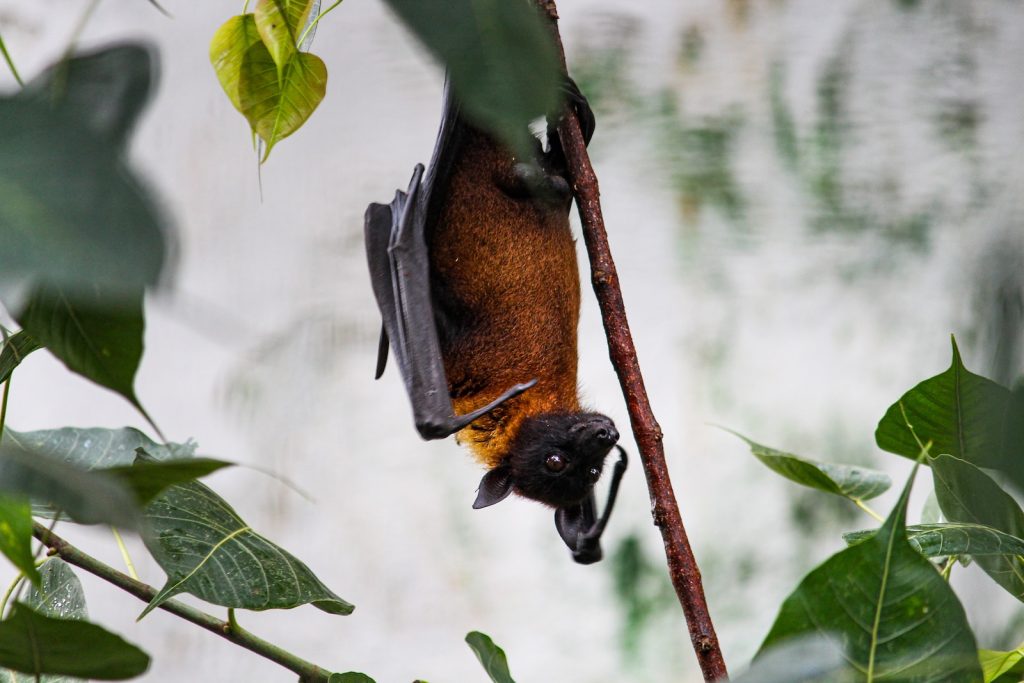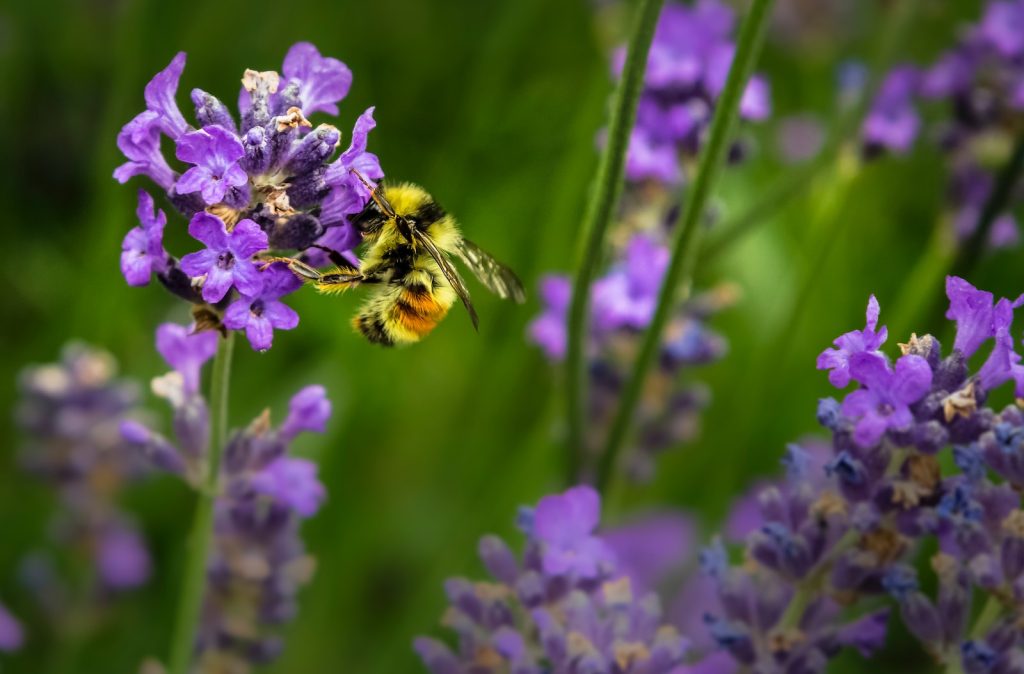So you’ve finally planted your dream garden, filled with beautiful flowers and delicious vegetables. But now you’re faced with a common problem – pests infiltrating your garden and wreaking havoc on your plants. Don’t worry, because in this article, you’ll discover effective and natural ways to keep pests away from your beloved garden. From attracting beneficial insects to using organic pest repellents, you’ll learn simple techniques that will help protect your plants without the need for harmful chemicals. Say goodbye to pesky pests and hello to a thriving and pest-free garden!
Choosing The Right Plants
When it comes to keeping pests away from your garden, one of the first steps you can take is selecting pest-resistant plant varieties. Certain plants have natural defenses that make them less attractive to pests, helping to decrease the likelihood of infestation. Researching and choosing these varieties will go a long way in preventing pest problems in your garden.
Selecting Pest-Resistant Varieties
When choosing plants for your garden, look for varieties that have been bred for their resistance to common pests. These plants have qualities that make them less susceptible to damage, such as thicker leaves or a natural ability to repel pests. For example, some tomato varieties are known for their resistance to aphids, while certain types of squash have built-in resistance to common vine borers.
Companion Planting
Another effective way to naturally keep pests away from your garden is through companion planting. This technique involves planting certain types of plants together that have benefits for each other. Some plants, for instance, emit odors or substances that repel pests, effectively protecting the neighboring plants.
For example, planting marigolds near your tomatoes can help deter pests like nematodes, while growing basil alongside your lettuce can ward off aphids. By strategically placing companion plants throughout your garden, you can create a natural barrier against pests.
Using Natural Repellents
If you prefer to take a more hands-on approach, you can utilize natural repellents to keep pests at bay. There are several household items and ingredients that can be used as natural pest deterrents. For example, garlic and chili pepper spray can be made at home and sprayed on plants to repel pests like aphids and spider mites.
Diatomaceous earth, a powdery substance made from fossilized algae, can be sprinkled around plants to create a barrier that damages the exoskeletons of pests. Additionally, certain plants, such as lavender and mint, have natural repellent properties that can be harnessed by planting them strategically throughout your garden.
Creating A Healthy Garden Environment
Maintaining a healthy garden environment is crucial for keeping pests away. By focusing on proper soil preparation, watering, and crop rotation, you can create an environment that is less appealing to pests.
Proper Soil Preparation
Healthy plants start with healthy soil. Before planting, it’s important to prepare your soil to provide the necessary nutrients and drainage for your plants. This includes testing the soil pH, adding organic matter like compost or mulch, and ensuring proper drainage. Healthy soil will promote strong plant growth, making them less susceptible to pests and diseases.
Maintaining Proper Watering And Drainage
Proper watering is essential for plant health, but it’s also crucial for pest prevention. Overwatering can lead to issues like root rot, which attracts pests and creates a hospitable environment for them. On the other hand, underwatering can weaken plants, making them more vulnerable to pests. Finding the right balance and providing adequate drainage will help create an environment that is less inviting to unwanted visitors.
Crop Rotation And Diversification
One effective method of pest prevention is practicing crop rotation and diversification. This involves changing the location of specific crops from season to season, as well as planting a variety of different plants in your garden. By rotating crops and avoiding planting the same type in the same location year after year, you can disrupt the life cycle of pests that target specific plants. Additionally, diversifying your garden with a mix of flowers, herbs, and vegetables can help confuse and deter pests.
Encouraging Beneficial Insects
Not all insects in your garden are pests. In fact, many insects can actually be beneficial in controlling pest populations. By creating a welcoming environment for beneficial insects, you can naturally keep pests under control without the need for harmful chemicals.
Attracting Pollinators
Pollinators like bees and butterflies not only help with plant reproduction, but they also play a role in pest control. By planting flowers that attract these beneficial insects, you can encourage them to visit your garden and help pollinate your plants. This increased biodiversity can also create a more balanced ecosystem, reducing the likelihood of pest outbreaks.
Integrating Insectary Plants
Insectary plants are specific types of flowers and herbs that attract beneficial insects to your garden. These plants provide a food source and habitat for insects that prey on pests. For example, planting dill or fennel can attract beneficial insects like ladybugs, which feed on aphids and other pests. By strategically incorporating insectary plants into your garden, you can create a constant source of beneficial insects to help keep pests in check.
Installing Natural Habitats
To further encourage beneficial insects, consider installing natural habitats in your garden. This can include features like birdhouses, bee hotels, and butterfly shelters. These structures provide nesting sites and shelter for beneficial insects, attracting them to your garden and increasing their presence. By providing these habitats, you are creating a friendly environment for natural pest control.
Implementing Physical Barriers
Sometimes, physical barriers are necessary to keep pests out of your garden. By utilizing row covers, netting, fences, and walls, you can create a protective barrier that prevents pests from accessing your plants.
Using Row Covers and Netting
Row covers and netting are effective tools for protecting plants from pests. These coverings create a physical barrier that keeps insects and other animals from reaching your plants. Row covers are typically lightweight fabrics that allow sunlight, air, and water to penetrate while keeping pests out. Netting, on the other hand, is a mesh material that can be draped over plants or constructed as fencing to protect against birds, rabbits, and other larger pests.
Constructing Fences And Walls
In some cases, constructing fences or walls may be necessary to keep larger pests out of your garden. This is particularly important if you have issues with deer, rabbits, or other animals that can cause significant damage to your plants. Ensure that fences are securely installed and that walls are tall enough to deter pests from jumping over or burrowing underneath.
Installing Traps And Barriers
Traps and barriers can be effective in controlling specific pests that are difficult to deter through other means. For example, sticky traps can be used to catch flying insects like aphids or fruit flies, while physical barriers like copper tape can discourage slugs and snails from reaching your plants. Consider using these targeted methods in combination with other pest prevention strategies for optimal results.
Practicing Good Garden Hygiene
Maintaining good garden hygiene is essential for preventing pests from thriving in your garden. By practicing regular weed control, cleaning up garden debris, and removing infected plants, you can reduce the risk of pest infestations.
Regular Weed Control
Weeds not only compete with your plants for nutrients, water, and sunlight, but they also provide hiding places and habitats for pests. By regularly removing weeds from your garden, you eliminate potential havens for pests to breed and hide. This will also help improve air circulation and reduce moisture, creating a less favorable environment for pests.
Cleaning Up Garden Debris
Leaves, fallen fruits, and other debris can attract pests and provide them with a ready food source. It’s important to regularly clean up any garden debris to eliminate these food sources and prevent pests from congregating. Dispose of debris properly by composting or disposing of it in a sealed bag to prevent pests from returning.
Removing Infected Plants
If you notice any signs of disease or pest infestation on your plants, it’s crucial to remove them promptly. Infected plants can quickly spread pests and diseases to neighboring plants, resulting in a larger infestation. By removing and properly disposing of affected plants, you can minimize the risk of further damage to your garden.
Promoting Natural Predators
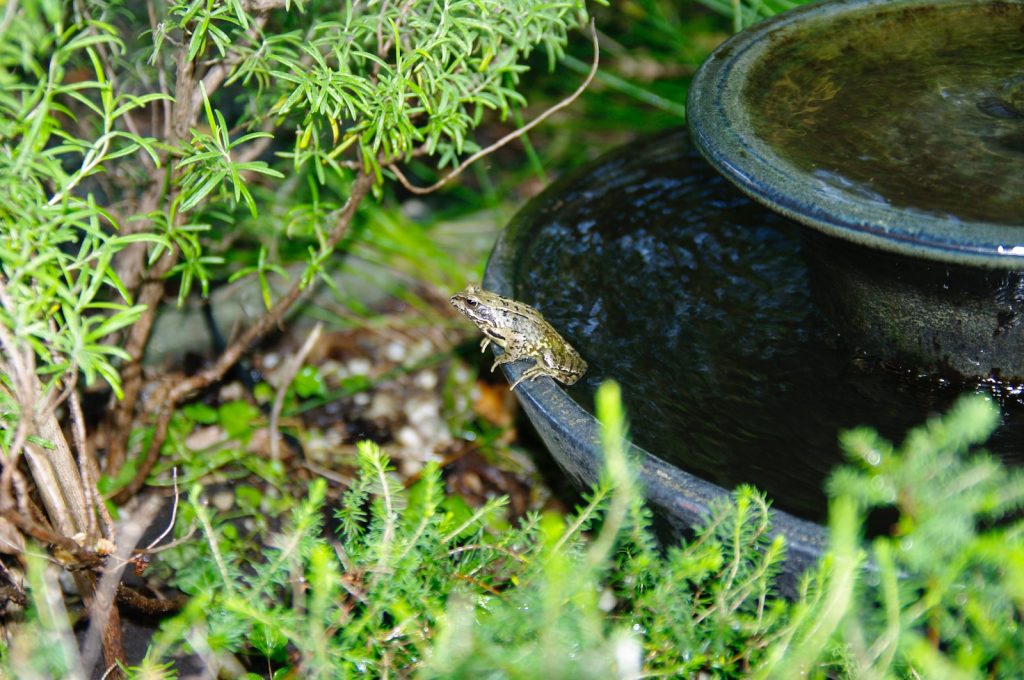
In addition to beneficial insects, natural predators can play a key role in minimizing pest populations. By creating an environment that attracts birds, frogs, toads, and other natural predators, you can encourage them to seek out and consume garden pests.
Attracting Birds
Birds are voracious eaters of insects and can help keep pest populations in check. To attract birds to your garden, provide them with food sources like bird feeders or plant shrubs and trees that produce berries or seeds. Including a bird bath or small pond will also provide water for them to drink and bathe in. By creating a welcoming habitat for birds, you can naturally reduce pest numbers.
Encouraging Frogs And Toads
Frogs and toads are excellent garden allies, as they feed on a wide range of pests including slugs, snails, and insects. The best way to attract these amphibians is to create a welcoming environment with plenty of hiding spots, such as rocks, logs, or dense vegetation. Providing a shallow pool of water for them to breed and lay eggs will also help attract these beneficial creatures to your garden.
Integrating Bats And Owls
Bats and owls are nocturnal hunters that can help control pest populations while you sleep. Bats, in particular, are voracious eaters of insects, consuming thousands of them in a single night. To attract bats, consider installing bat houses in your garden. Owls, on the other hand, prey on small mammals and insects. Providing owl nesting boxes or perches can encourage these raptors to take up residence in your garden and help with pest control.
Using Organic Pest Control Methods
Organic pest control methods are an excellent alternative to chemical pesticides. By utilizing homemade insecticidal soaps, natural botanical sprays, and beneficial nematodes, you can effectively control pests while minimizing harm to the environment.
Homemade Insecticidal Soaps
Insecticidal soaps, made from a mixture of water, soap, and sometimes oil, can be used to control soft-bodied pests like aphids, mealybugs, and mites. These soaps suffocate and disrupt the pests’ outer membrane, causing them to die off. Homemade insecticidal soaps are easy to make and can be applied directly to affected plants.
Natural Botanical Sprays
Certain plants have natural properties that make them effective pest deterrents. Making a botanical spray from ingredients like neem oil, pyrethrum, or garlic can help control a range of pests. These sprays can be applied to plants and act as a natural deterrent without harming beneficial insects or the environment.
Beneficial Nematodes
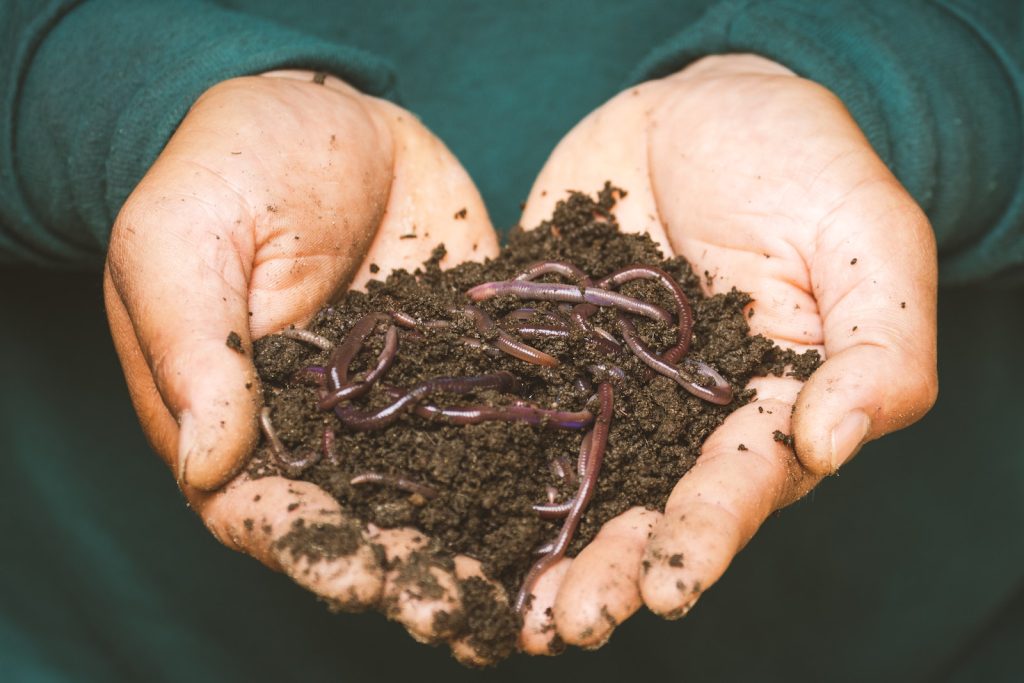
Beneficial nematodes are tiny, worm-like organisms that can be used to control pests below the soil surface. They are particularly effective against soil-dwelling pests like grubs, larvae, and certain types of nematodes. Beneficial nematodes can be applied to the soil and, once released, they seek out their target pests and infect them, effectively reducing their numbers.
Utilizing Companion Planting
Companion planting is a technique that involves growing certain plants together to enhance their growth and deter pests. By interplanting repelling herbs, pairing compatible vegetables and flowers, and exploring trap cropping, you can utilize companion planting to naturally reduce pest problems in your garden.
Interplanting With Repelling Herbs
Certain herbs have properties that repel pests and can be strategically planted to protect nearby plants. For example, planting rosemary or thyme near cabbage and broccoli can help deter cabbage worms, while planting mint around onions can deter onion flies. By interplanting repelling herbs throughout your garden, you can create a fragrant and pest-free environment.
Companion Planting Vegetables And Flowers
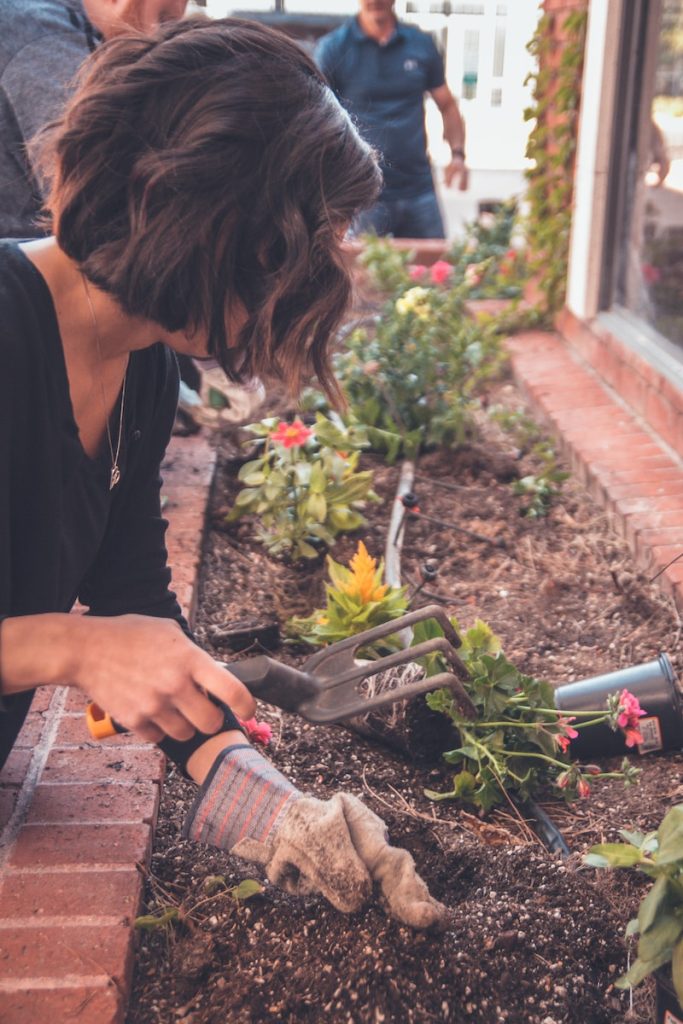
Pairing compatible vegetables and flowers together can provide mutual benefits, including pest control. For instance, the strong fragrance of marigolds is believed to repel nematodes, making them a great companion plant for tomatoes or peppers, which are often vulnerable to these pests. Similarly, planting nasturtiums around your beans can help deter aphids. Consider the specific needs and characteristics of your plants when choosing companions for optimal results.
Exploring Trap Cropping
Trap cropping is a technique that involves planting a sacrificial crop to attract pests away from your main crops. By designating a specific area for the trap crop, you can lure pests and then manage or dispose of them more effectively. For example, planting radishes as a trap crop for flea beetles can help protect your other plants from damage. This method can be particularly useful for managing pests that are difficult to control otherwise.
Employing Organic Pest Deterrents
If you’re looking for additional organic pest deterrents, there are a few options worth considering. Garlic and chili pepper spray, diatomaceous earth, and nontoxic pest-repelling plants can all contribute to keeping pests away from your garden naturally.
Garlic And Chili Pepper Spray
Garlic and chili pepper spray is a popular homemade remedy for deterring pests like aphids, caterpillars, and beetles. By blending garlic cloves and chili peppers with water and straining the mixture, you can create a potent spray that can be applied to plants. This spray acts as a repellent due to the strong odor and taste, effectively deterring pests.
Diatomaceous Earth
Diatomaceous earth is a powdery substance made from fossilized algae. It can be sprinkled around plants or applied as a barrier to create a protective layer that damages the exoskeletons of pests like slugs, snails, and ants. Be cautious when using diatomaceous earth, as it can harm beneficial insects as well. However, when applied carefully and in targeted areas, it can be an effective method for pest control.
Nontoxic Pest-Repelling Plants
Certain plants have natural properties that repel pests due to their strong scent or chemical composition. For example, planting marigolds can deter insects like nematodes and aphids, while catmint has been shown to repel mosquitoes. Other plants with pest-repelling properties include citronella, lemongrass, and lavender. By strategically incorporating these plants into your garden, you can create a natural barrier against pests.
Safeguarding Your Garden Naturally
When it comes to keeping pests away from your garden, it’s important to prioritize prevention over eradication. By avoiding chemical pesticides and maintaining a balanced ecosystem, you can create a sustainable and pest-resistant garden.
Avoiding Chemical Pesticides
Chemical pesticides may provide immediate relief from pests, but they can have detrimental effects on the environment and beneficial insects. Overuse of these pesticides can also lead to pesticide resistance in pests, making them even more difficult to control. By opting for organic pest control methods and natural deterrents, you can protect your garden without harming the ecosystem.
Prioritizing Prevention Over Eradication
Preventing pest problems before they occur is often easier than dealing with a full-blown infestation. By practicing the techniques mentioned throughout this article, such as selecting pest-resistant varieties, utilizing companion planting, and attracting beneficial insects, you can create a garden environment that is naturally resistant to pests. Regular monitoring and early intervention can help address any potential pest issues before they become widespread.
Maintaining A Balance In The Ecosystem
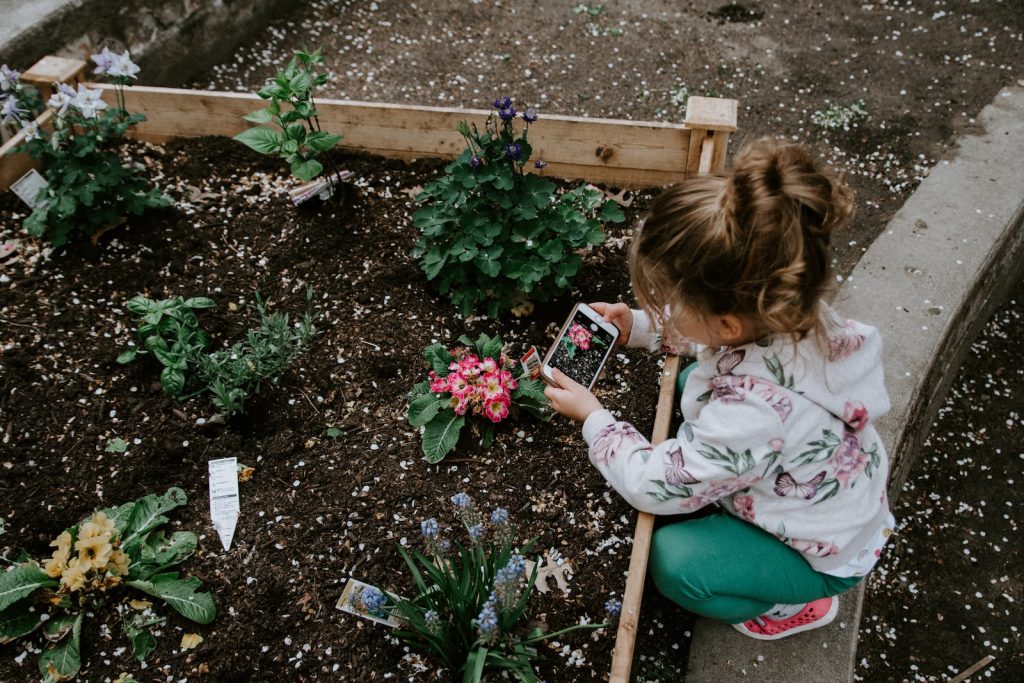
A healthy garden ecosystem relies on a balance between pests and natural predators. While pests can be an annoyance, they also serve as a food source for beneficial insects, birds, and other animals. By employing the strategies outlined in this article, you are creating an environment that supports this delicate balance. By promoting biodiversity and avoiding the use of harmful chemicals, you can safeguard your garden naturally and maintain a thriving ecosystem.
In conclusion, keeping pests away from your garden naturally requires a combination of strategies. From choosing the right plants and creating a healthy garden environment to embracing beneficial insects and utilizing organic pest control methods, there are numerous ways to protect your garden from pests without relying on harmful chemicals. By implementing these techniques and prioritizing prevention, you can create a thriving and pest-resistant garden that will bring you joy and abundance. Happy gardening!
© 2023 by gardener.wiki. All rights reserved. No part of this document may be reproduced or transmitted in any form or by any means, electronic, mechanical, photocopying, recording, or otherwise, without prior written permission of gardener.wiki.

